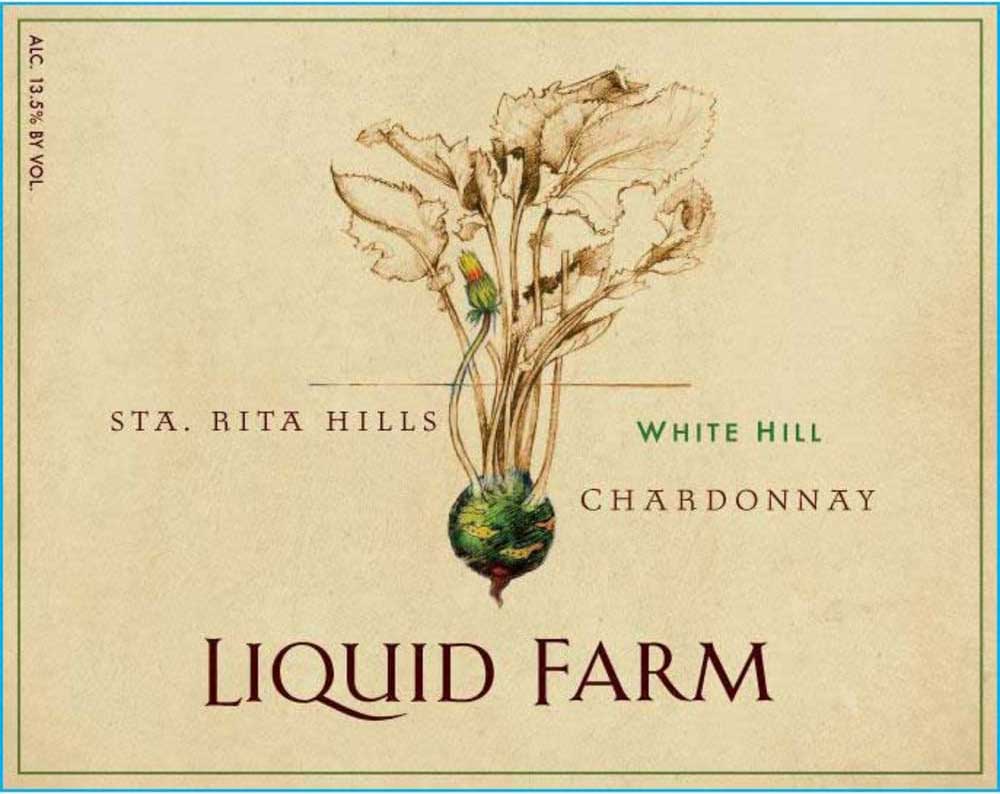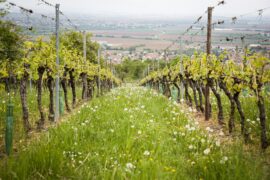Argentinian winemaking is a vibrant blend of tradition, innovation, and unique geographical advantages, making it one of the most exciting wine regions in the world. Argentina, the largest wine producer in South America, has a winemaking history that dates back to the 16th century when Spanish missionaries introduced vines to the region. Over the centuries, this heritage has evolved, and today, Argentina is recognized globally for producing high-quality wines, particularly its signature grape, Malbec.
One of the most distinctive aspects of Argentinian winemaking is its emphasis on altitude. Many of Argentina’s premier vineyards are located at high elevations, particularly in the Mendoza region, which accounts for nearly 70% of the country’s wine production. These high-altitude vineyards, some of which are situated over 1,500 meters above sea level, benefit from intense sunlight and cool temperatures. This combination allows for a slow, even ripening of grapes, leading to wines with concentrated flavors, deep colors, and balanced acidity.
The terroir of Argentina is another critical factor in its winemaking success. The country boasts a diverse range of soils, from sandy and rocky soils in the Uco Valley to the limestone-rich soils of San Juan. This diversity allows winemakers to experiment with different grape varieties and techniques, producing a wide range of wine styles. The dry, continental climate, with its hot days and cool nights, is ideal for grape growing, reducing the risk of disease and allowing for organic and sustainable practices.
Malbec, originally from France, has found its true home in Argentina, particularly in Mendoza. It thrives in the country’s unique conditions, producing wines that are richer and more intense than their French counterparts. Beyond Malbec, Argentina is also known for its Torrontés, a fragrant white wine with floral and citrus notes, and Bonarda, a lesser-known red variety that is gaining popularity for its fruit-forward, approachable style.
Argentinian winemaking is also characterized by a blend of traditional and modern techniques. While many wineries continue to use old-world methods, such as concrete fermentation tanks and manual harvesting, there is also a strong push towards innovation. Winemakers are increasingly experimenting with new grape varieties, sustainable practices, and modern technology to improve quality and reduce environmental impact.
In conclusion, Argentinian winemaking is a dynamic field, where the country’s rich history, diverse terroir, and innovative practices come together to produce wines of exceptional quality and character. Whether it’s the bold, velvety Malbecs or the aromatic Torrontés, Argentinian wines offer something unique for every palate, making them a must-try for wine enthusiasts around the world.





















































